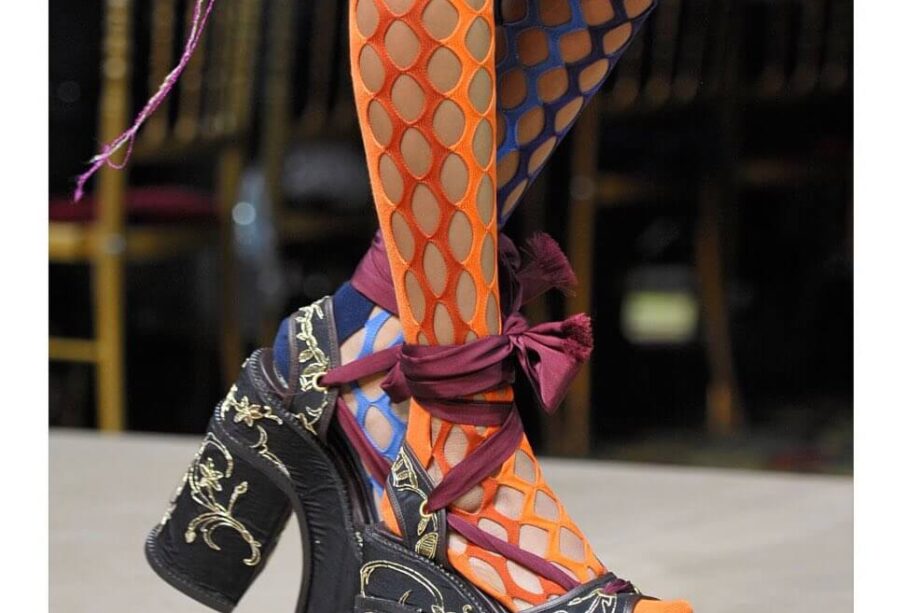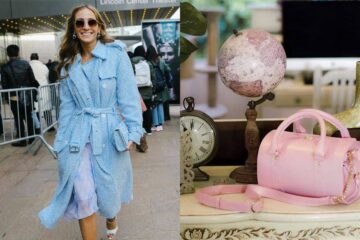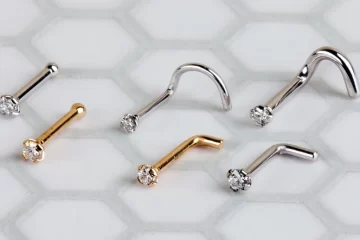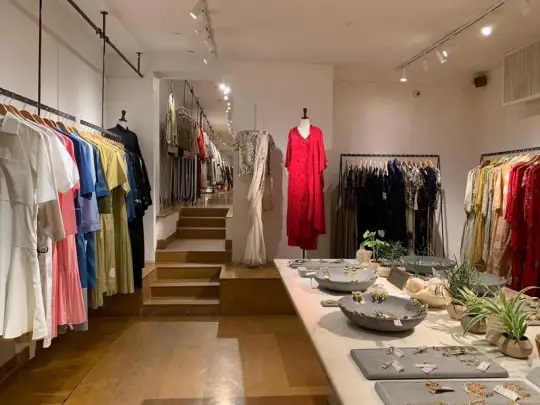Platform Shoes: a significant chapter in the history of women’s fashion

Platform shoes have made a comeback, but it was a return that was easily predictable: they have always been highly appreciated by women of all ages, regardless of their preferred styles and looks. An icon of women’s footwear, platform shoes designed by the top designers of the world are now among the most sought-after fashion items. In this article, we’ll explore their recent history, from their inception as a rebellious statement to their integration into even the less daring realms of fashion.
We’ve Always Worn Platform Shoes
In truth, we’ve always worn platform shoes, whether for practical reasons (as in the case of ancient Greek theatre) or the desire to appear taller. They elevate you from the ground while offering more support than traditional high heels—and they’ve also played a significant role in the history of traditional Japanese footwear.
However, their more modern configuration originates from a much more recent period. It was between the 1930s and 1940s that platform shoes emerged in the form we recognise today.
The history of platform shoes is closely linked to some of the most celebrated names in fashion, such as the Italian designer Salvatore Ferragamo.
Likewise, in their more modern iteration, platform shoes crossed paths with the British designer Vivienne Westwood, who turned them into an iconic type of footwear—a symbol of rebellion and the bold statements that have always characterised her artistic output.
Moreover, platform shoes have played an important role in the history of unisex fashion, which has marked the story of British music: from David Bowie to Freddie Mercury, and all the glam artists in between, none have ever hesitated to flaunt platform shoes for the most important occasions, like their greatest concerts.
Common Threads in a Centuries-Old History
There are many common elements that form a trait d’union between the platform shoes of the last century and their modern counterparts: first and foremost, the wedge, which allows you to gain a few centimetres in height, sometimes made of cork, other times of sturdier materials, resulting in a distinctive design that has evolved while remaining consistently recognisable.
The platform shoes of the 1930s and 1940s, despite their bold look even in an era marked by great originality in fashion, were inherently practical.
The Evolution Towards the Avant-Garde
By the 1970s, the world surrounding platform shoes had changed drastically.
It was no longer just a matter of practicality or gaining height, but rather a powerful statement of identity in a world truly in turmoil.
The wedge shoes thus became a means to challenge conventions, to make a statement against the mainstream, and more generally, to celebrate with a hymn to freedom in an era characterised by maximal originality.
This is where Vivienne Westwood steps in. With her rebellious spirit and an utterly unconventional vision, Westwood helped transform platform shoes into a symbol of aesthetic, cultural, and even social revolution.
Her extravagant designs turned platform shoes into genuine works of art.
After all, Vivienne Westwood has never shied away from challenging social and fashion norms, turning every piece of clothing into a revolutionary battleground—something that only a few designers in the rich history of the United Kingdom and Europe have managed to achieve.
Beyond Rebellion: Popular Acceptance
Following Vivienne Westwood’s punk era, platform shoes found a more pop placement. From the Spice Girls onwards, platform shoes became a fashion item truly accessible to everyone, even those with a less daring spirit to express through their attire.
It’s a long history, that of platform shoes, which will undoubtedly see more interpretations in the future—for shoes that appeal to everyone and that, thanks to their multifaceted modern essence, are capable of truly catering to everyone’s tastes.













